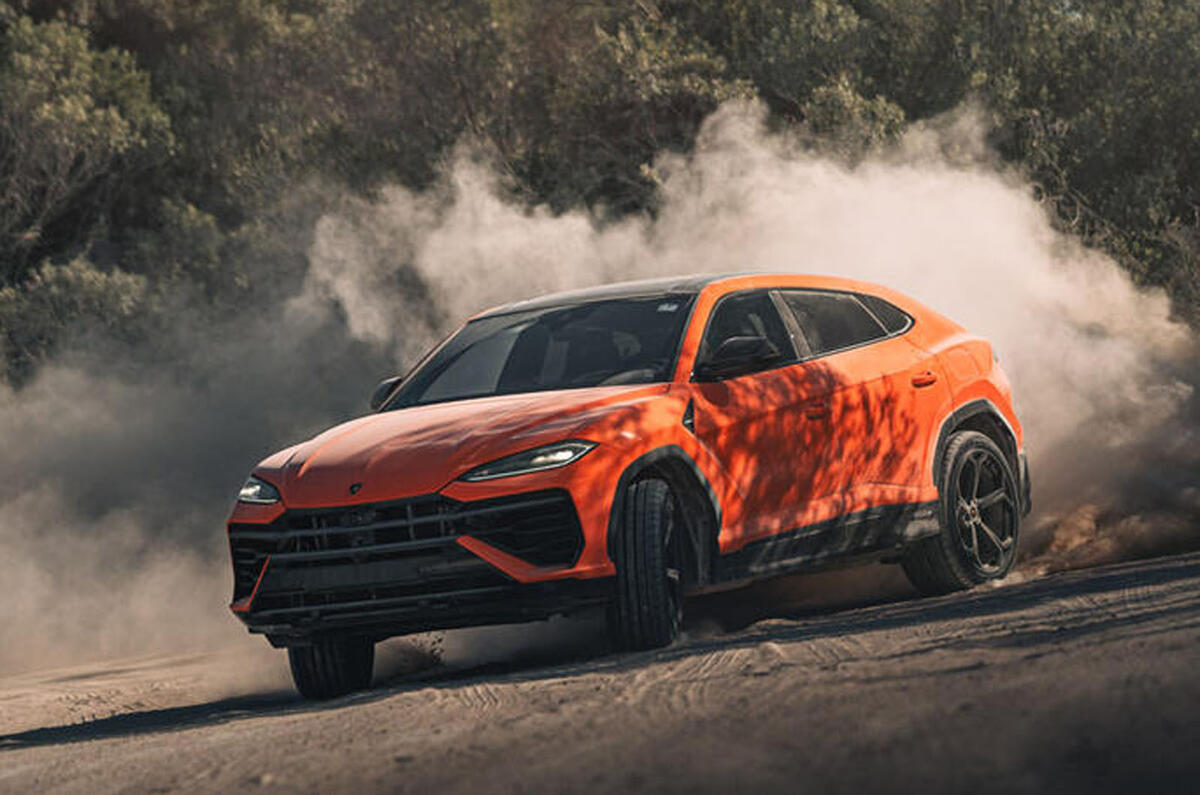The Lamborghini Urus will continue as a plug-in hybrid for its next generation after the electric variant was pushed back to the middle of the next decade, CEO Stephan Winkelmann has told Autocar.
Winkelmann blamed the decision on the unpredictability of ever-changing regulations – something that may also delay the arrival of the car maker’s first EV, a production version of the Lanzador concept that is due to be launched in 2029.
The Urus, Lamborghini’s best-selling model, was due to go fully electric for its next generation before the end of the decade – a plan announced when the Urus went hybrid-only in 2024.
However, speaking to Autocar, Winkelmann has confirmed that the Urus will now continue in SE plug-in-hybrid form for an all-new generation.
“We want to have a new generation again as a plug-in hybrid,” he said. “This is something very important for us and for the customers. And they were very happy to hear about this.”
He suggested this car would arrive in 2029, with the electric variant pencilled in for 2035 – the year all new cars on sale in Europe will need to produce zero emissions.
He gave no technical details but it is most likely to build on the current model’s 789bhp output – the SUV’s most powerful iteration to date, which draws power from a hybridised V8 set-up.
Lamborghini’s decision to keep the Urus PHEV on sale follows the move by Volkswagen Group sibling Porsche to continue selling the current ICE-powered Cayenne – a twin of the Urus – alongside the incoming EV in a profitability push as customer interest in electric cars stagnates.
Asked if the electric Urus could be launched earlier than 2035 and, like the Cayenne, be sold alongside the third-generation ICE SUV, Winkelman said: “Now we [have] decided for the next generation, we have enough time to see what is happening in terms of acceptance, in terms of regulations, and in terms of infrastructure and, last but not least, also terms of generational change.”
While the next Cayenne will be a heavily facelifted version of the current car, the new Urus will be an all-new generation, said Winkelman, so it is expected to arrive with a fresh design. Asked what we could expect, he said: “Future car designs are not yet fixed.”
By the time the electric Urus arrives, it will be the second EV in Lamborghini’s stable. Winkelmann reiterated that “by the end of this decade should be the right timing” for the production version of the Lanzador, but he added that a decision on whether or not to delay it will be made at the start of next year. The car is currently due in 2029 after it was pushed back last year from 2028.








Add your comment